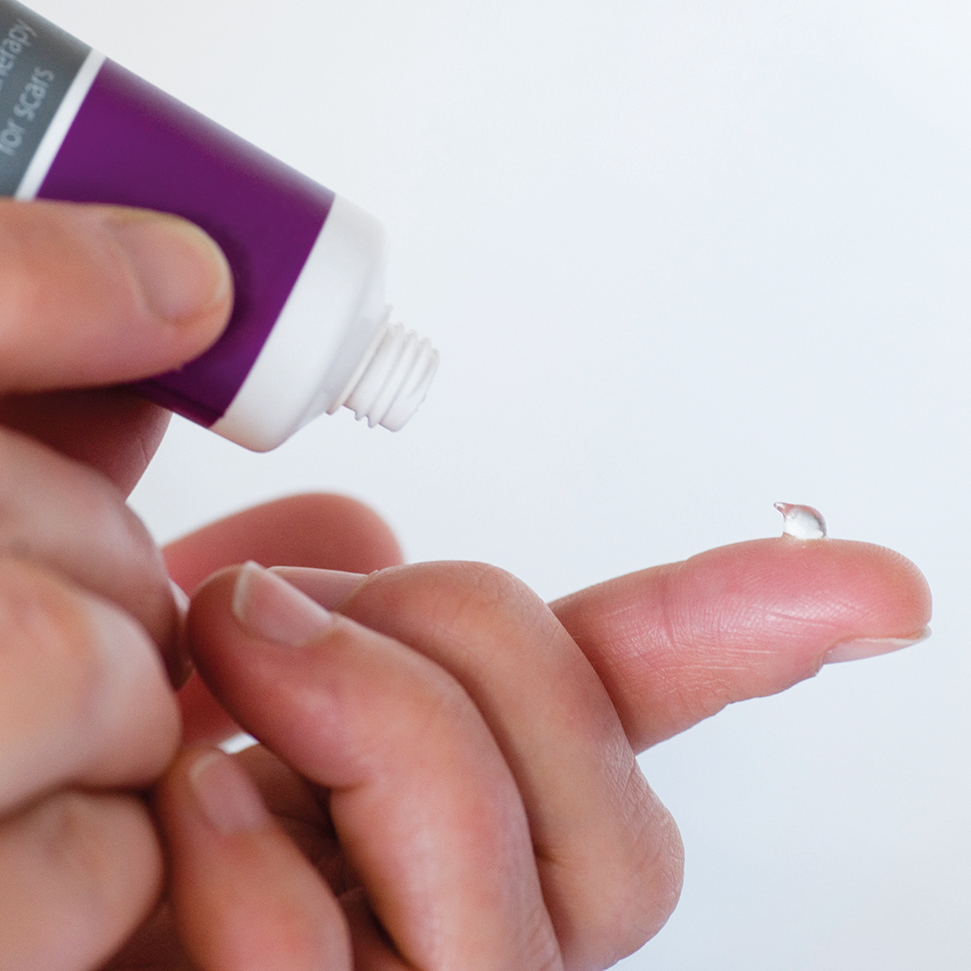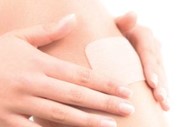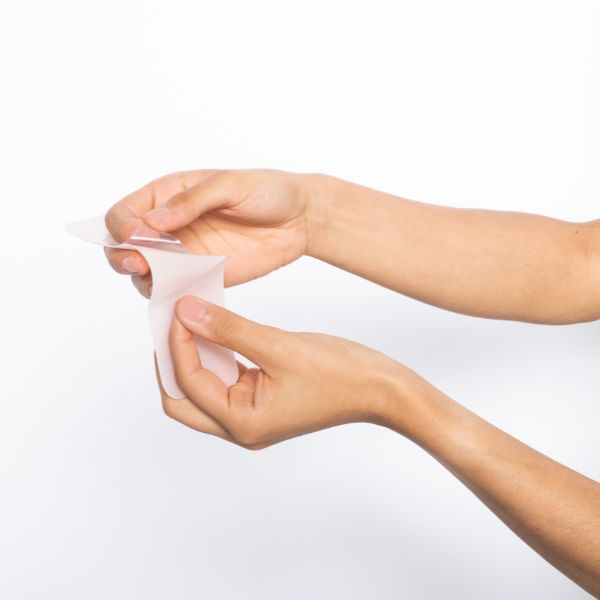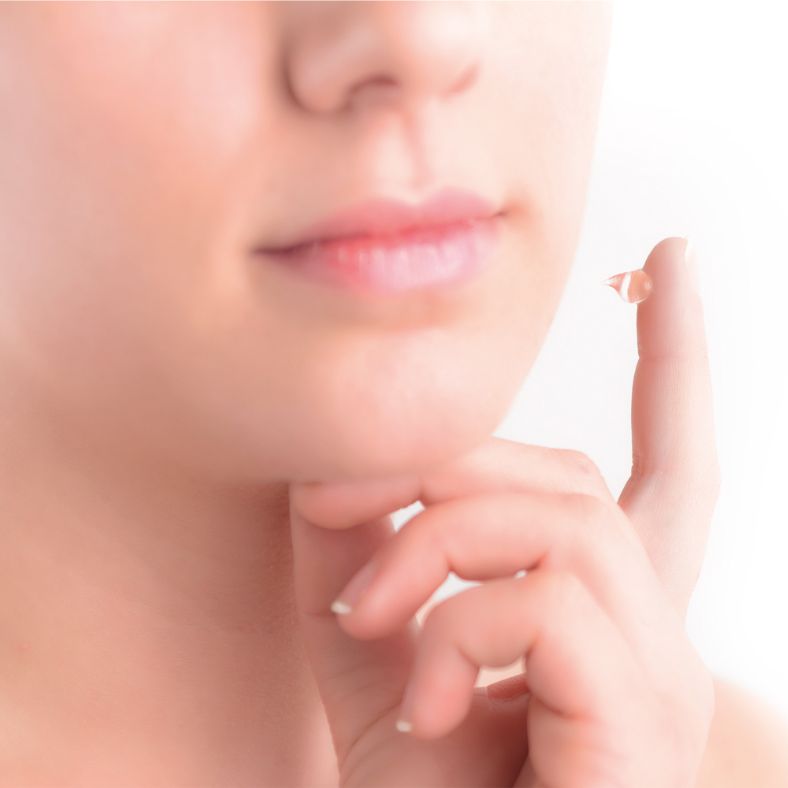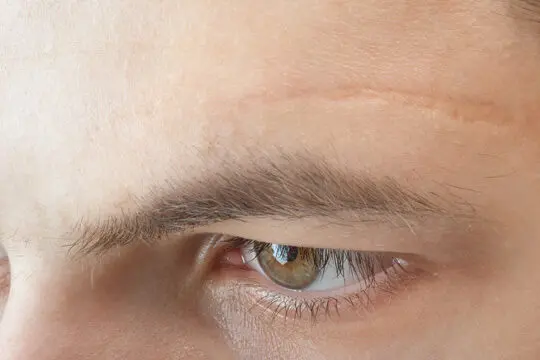Caring for your post-mastectomy scar
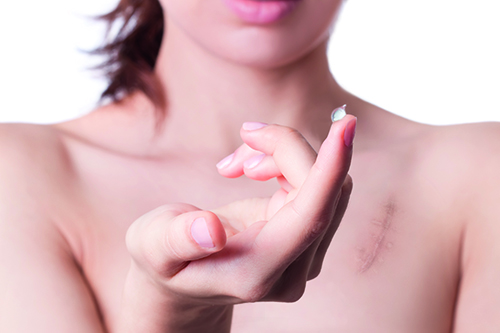
If someone undergoes a Mastectomy (or breast removal surgery), a scar is, unfortunately, to be expected. However, the risk of an abnormal scar in the breast area is greater than in many other places on the body. We explain why that happens.
We also discuss how you can care for your scar as best as possible after mastectomy surgery.
6 risk factors for the development of an abnormal scar?
The chance that a scar will become an abnormal scar mainly depends on the following 6 factors:
1. The severity of the injury
With large, wide and deep injuries such as a mastectomy, the chance of an abnormal scar is greater. The surgeon cuts through several layers of skin and affects various tissues. The skin, glandular tissue, nipple and often surrounding connective tissue and lymph nodes are removed.
However, it does matter which type of breast removal surgery is performed.
2. Cause of the skin damage
With a mastectomy, there is a good chance that the scar will not line up with the existing skin lines of the breast. Typically, an incision is made to access the breast tissues that need to be removed. This incision is usually made in the most convenient location to allow the surgeon access to the breast. This means that the incision location will not necessarily follow the existing skin lines or folds of the breast. A scar that does not line up with the existing skin lines is more likely to become abnormal.
3. The location of the scar
The skin on the chest is often in motion due to breathing and body movements. This movement can affect healing and place tension on the scar. This can increase the chance of an abnormal scar.
4. Speed of wound healing
If wound healing is slow, the risk of an abnormal scar increases. For example, the healing of a mastectomy can be delayed by bacterial contamination, such as a wound infection. Infections can affect scar formation.
5. Your age
The chance of an abnormal scar is greater at a young age. Young skin heals faster but also grows faster.
6. Genetic predisposition and skin colour
If a family member has previously had an abnormal scar, you are more predisposed to it. Skin colour also plays a role. People with a tan skin colour are more likely to have an abnormal scar. The same applies to (red-haired) people with a (very) light skin colour. They are also more sensitive.
Caring for your scar after a mastectomy
Caring for scars after a mastectomy is an important part of the recovery process. We discuss several options for you to consider.
Scar treatment after surgery
Scar treatment after breast removal (mastectomy) is important to optimise healing and improve the appearance of the scar. We provide some general advice for scar treatment after a mastectomy. This advice applies to any type of mastectomy.
Follow your doctor's instructions
Follow instructions and recommendations from your surgeon or treating physician carefully regarding wound care and scar treatment.
Keep the scar clean and dry
Keep the area around the scar clean and dry to prevent infections. Follow your doctor's recommended wound care guidelines.
Consider using silicone sheets
Silicone sheets are known for their effectiveness in reducing scar tissue and improving the texture and colour of the scar. The effect of BAPScarCare has been scientifically proven.
BAPScarCare has special pre-formed scar sheets for the chest.
However, this does not mean that this type of sheet is necessarily the best solution for your mastectomy scar. Always consult closely with your treating doctor or medical specialist. They can advise you on which type of sheet could be beneficial for a complicated and sensitive procedure such as a mastectomy. Perhaps a different model of the preformed sheet is a better solution.
Massaging scar tissue after your surgery
Regular gentle massage of the scar tissue can help make it smoother and less noticeable. Make sure you are well informed about the best way to do this, the extent to which you do it and the time at which you start.
Keep the scar out of the sun
Protect the scar from direct sunlight, as sun exposure can darken the scar and slow the healing process.
Use sunscreen with a high SPF if the scar will be exposed to the sun, like Alhydran SPF or BAPScarCare SPF
Scar creams and ointments
There are several creams and ointments on the market that can help reduce scars. Consult with your doctor or plastic surgeon whether a scar cream is suitable for your situation. A well-known and well-regarded scar cream is Alhydran.
Compression bandages
Compression bandages may be recommended by your doctor to support the scar and promote the healing process. Follow your doctor's recommendations regarding its use. Compression bandages can be used in combination with silicone sheet.
Hydration and healthy nutrition
Ensure proper hydration and a healthy diet, rich in vitamins and minerals, to support overall health and healing.
Consider other possible scar treatments
Discuss with your doctor or plastic surgeon other possible treatments such as laser therapy. These can be considered to improve the scar.
About the Author

Related Posts
Topics
- Scarban
- Scarban
- Dermasilk
- Eczema
- Alhydran
- Therapeutic clothing
- BAPScarCare
- Sensitive Skin
- Eczema clothing
- Itching
- Varicose eczema
- Dermasilk wash and care instructions
- Jock itch
- Menopause
- Chemotherapy
- Clinical studies
- Size guide
- DermaTherapy bedding
- Night sweats
- Bedsores
- Insomnia
- Night Terrors
- Recovery
- Anti-microbial
- Stain-Resistant
- Vulvodynia
- Testimonials
- Eczema in kids
- Instructions for use
- Scar treatment
- Silicone sheet
- Facial scars
- Scars on hand
- Scar on finger
- Eczema
- SPF
- Eczema creams and lotions
- ALHYDRAN Special Care
- Warts in children
Tags





